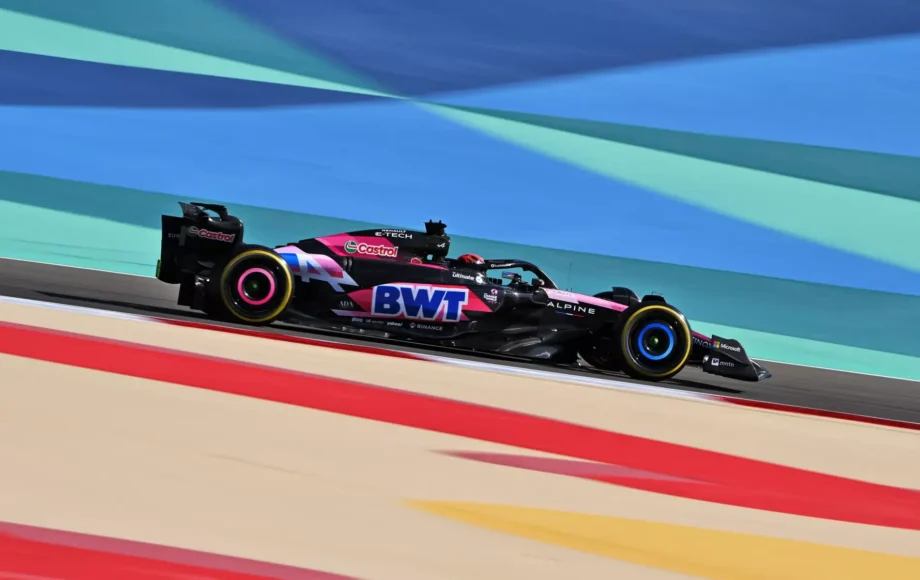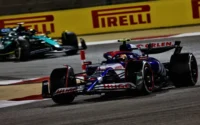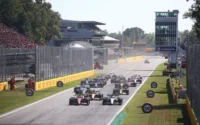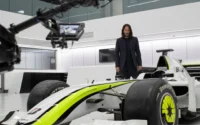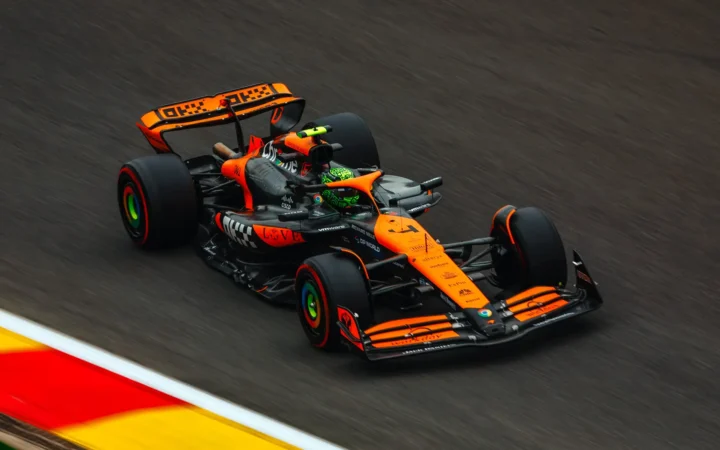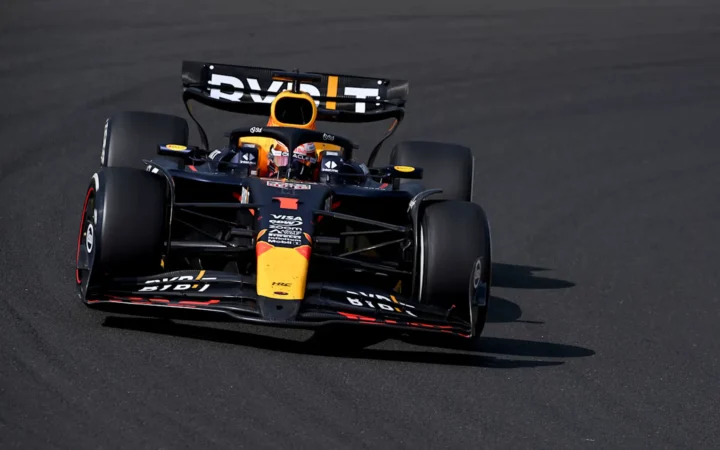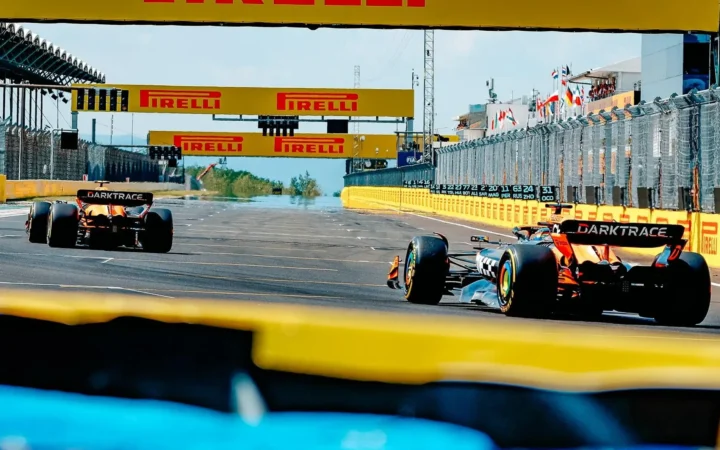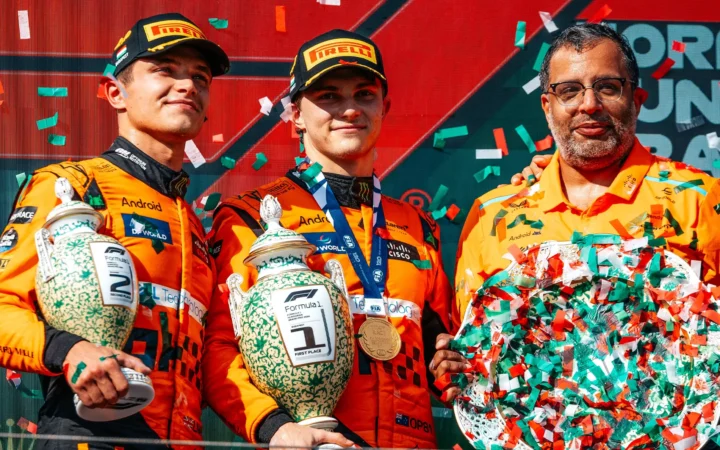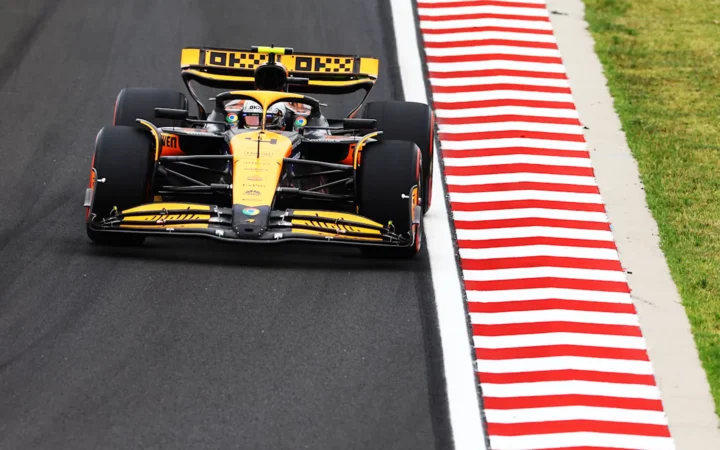At the season’s opening race in Bahrain, Alpine drivers Esteban Ocon and Pierre Gasly faced challenges, starting at the bottom of the grid and finishing in 17th and 18th, respectively.
In response to these setbacks, Technical Director Matt Harman and Head of Aerodynamics Dirk de Beer have stepped down from their positions.
Formula One History Recommends
A revamped leadership structure has been introduced under the guidance of team principal Bruno Famin.
Drawing inspiration from a strategy employed by McLaren in 2023, Alpine’s new approach will feature three technical directors, each overseeing crucial aspects of the car’s design.
Ciaron Pilbeam has advanced from his role as head of race engineering to become one of the new technical directors, focusing on enhancing performance.
The engineering division will now be under the leadership of Joe Burnell, while David Wheater will take charge of aerodynamics.
Bruno Famin addressed these significant changes in a statement from the team, indicating a strategic pivot aimed at improving future performance.
“We have decided to make these organisational changes as we can clearly see that we are not where we want nor need to be in terms of performance level and it is time to take another step in terms of organisation and people.
“The new three-pillared structure with three technical directors, each specialising in different areas, will bring better work and collaboration across our technical areas and contribute to delivering performance from the factories to the race track.”
The Renault Formula 1 team, known as Alpine, leverages the brand to highlight its specialised lightweight sports car line. After securing a fourth-place finish in 2022, they experienced a dip to sixth place in 2023, prompting a significant shift in their car design strategy for the current season to climb the rankings.
Entering the season, the team was prepared for a learning curve to adapt fully to their newly designed car. However, the car’s underperformance in the opening weekend was unexpectedly disappointing.
Additionally, the Alpine team’s engine is recognised as the least potent among the grid, a setback that became more pronounced after a freeze on engine development in F1 starting in 2022. This freeze limits modifications to power units strictly for reliability improvements.
While other engine manufacturers like Honda, Mercedes, and Ferrari have managed to enhance their performance within these constraints, Alpine has struggled to leverage the regulations as successfully.
Seen in:

